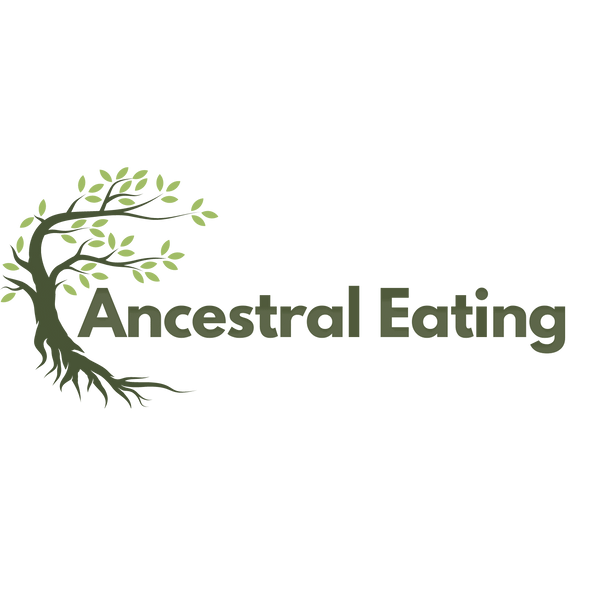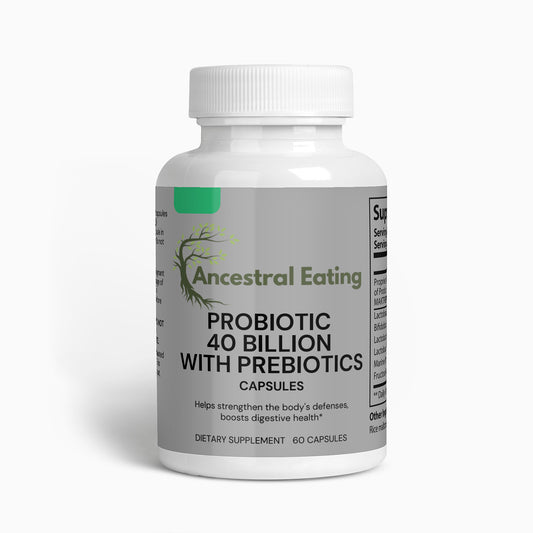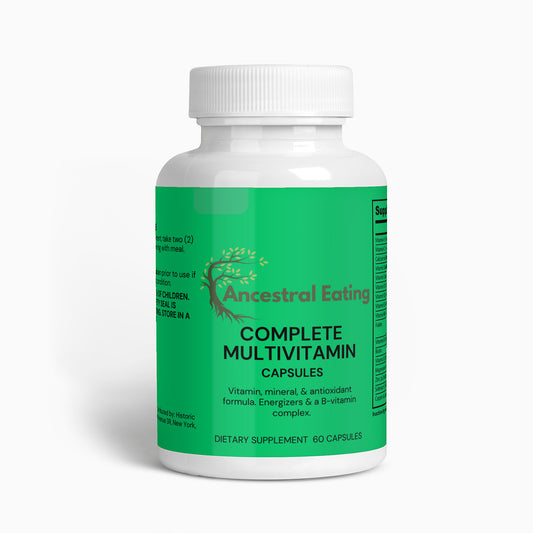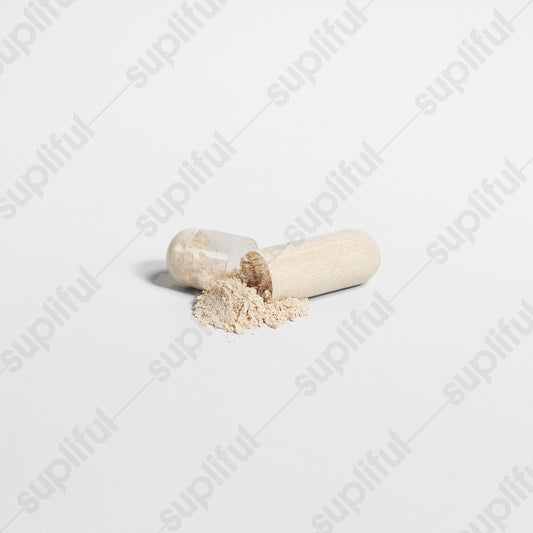The Democratic People's Republic of Korea (North Korea) has a rich culinary history that has been influenced by its geographic location, climate, and political history. Over the last 500 years, North Korean cuisine has seen various shifts due to dynastic changes, foreign influence, and modern-day political realities. Below is an overview of the foods that have been commonly consumed in North Korea over this period:
Pre-Modern Period
- Rice: Historically, rice has been a staple food, especially in the southern regions.
- Millet and Barley: In northern regions where rice farming is difficult, people consumed grains like millet and barley.
- Fish and Seafood: Being a peninsula, fish and seafood have been essential components of the diet.
- Vegetables: Various leafy greens, root vegetables, and tubers have been a part of the cuisine.
- Meat: Pork and chicken were commonly consumed, though in limited quantities due to economic reasons.
- Kimchi: Fermented vegetables, primarily napa cabbage and Korean radish, have been a staple for centuries.
- Jang: Various kinds of fermented sauces, such as soy sauce, gochujang (fermented chili paste), and doenjang (fermented soybean paste).
Late Joseon Dynasty and Japanese Occupation
- Foreign Crops: The introduction of new American crops like potatoes, corn, and sweet potatoes, especially in the north where rice is less prevalent.
- Sesame and Perilla Oils: Often used for seasoning and cooking.
- Japanese Influence: Some culinary practices and ingredients were adopted during Japanese colonization, though the core of the cuisine remained largely the same.
Post-War Period and Division
- Government Rationing: The Korean War and subsequent isolation led to food rationing, affecting the variety and quantity of foods consumed.
- Public Distribution System: Basic staples like rice, corn, and a limited amount of meat were distributed through state channels.
- Naengmyeon: Cold buckwheat noodles became emblematic of North Korean cuisine.
- Eggs and Dairy: Limited consumption due to economic conditions.
- State-Produced Foods: Pre-packaged foods, often simple and utilitarian, were produced by state factories.
Contemporary Period
- Limited Variety: Due to economic sanctions and limited resources, the variety of food items is not as extensive as in other countries.
- State Restaurants: Special state-run restaurants serve traditional Korean dishes, though these are often reserved for tourists and the elite.
- Wild Foods: Foraging for wild plants, roots, and even seaweed has become common, especially during times of food scarcity.
- International Aid: International food aid, particularly from China and South Korea, has included a range of items from rice to canned goods.
- Modern Adaptations: Some influence of international cuisine, though very limited due to the closed nature of the country.






